More than one species of plant is known as the wood anemone. They are also sometimes called thimbleweed, windflower, or smell fox. Anemonoides quinquefolia, the American wood anemone, is a native wildflower found in eastern North American woodlands. Anemone nemorosa, the European wood anemone, is very similar in appearance but comes from Europe. Both are easy-to-grow members of the buttercup family (Ranunculeaceae).
While there are wood anemones from different regions, they look fairly similar and share similar growing requirements. If you can provide their favored conditions, these vigorous plants are easy to grow and don’t require much extra effort. They are also hardy, deer-resistant, and don’t suffer from any notable pests or diseases.
Wood anemones are low-growing, clump-forming perennials that make a beautiful addition to your shade garden. Allow them to naturalize for a gorgeous spring display but consider growing them with a variety of shade-loving neighbors to keep your shady garden plot green from spring through fall.
Now, let’s dig right into the wonderful world of wood anemone flowers and learn how to grow them and help them thrive.
Wood Anemone Overview
|
|
|
Plant Natural History
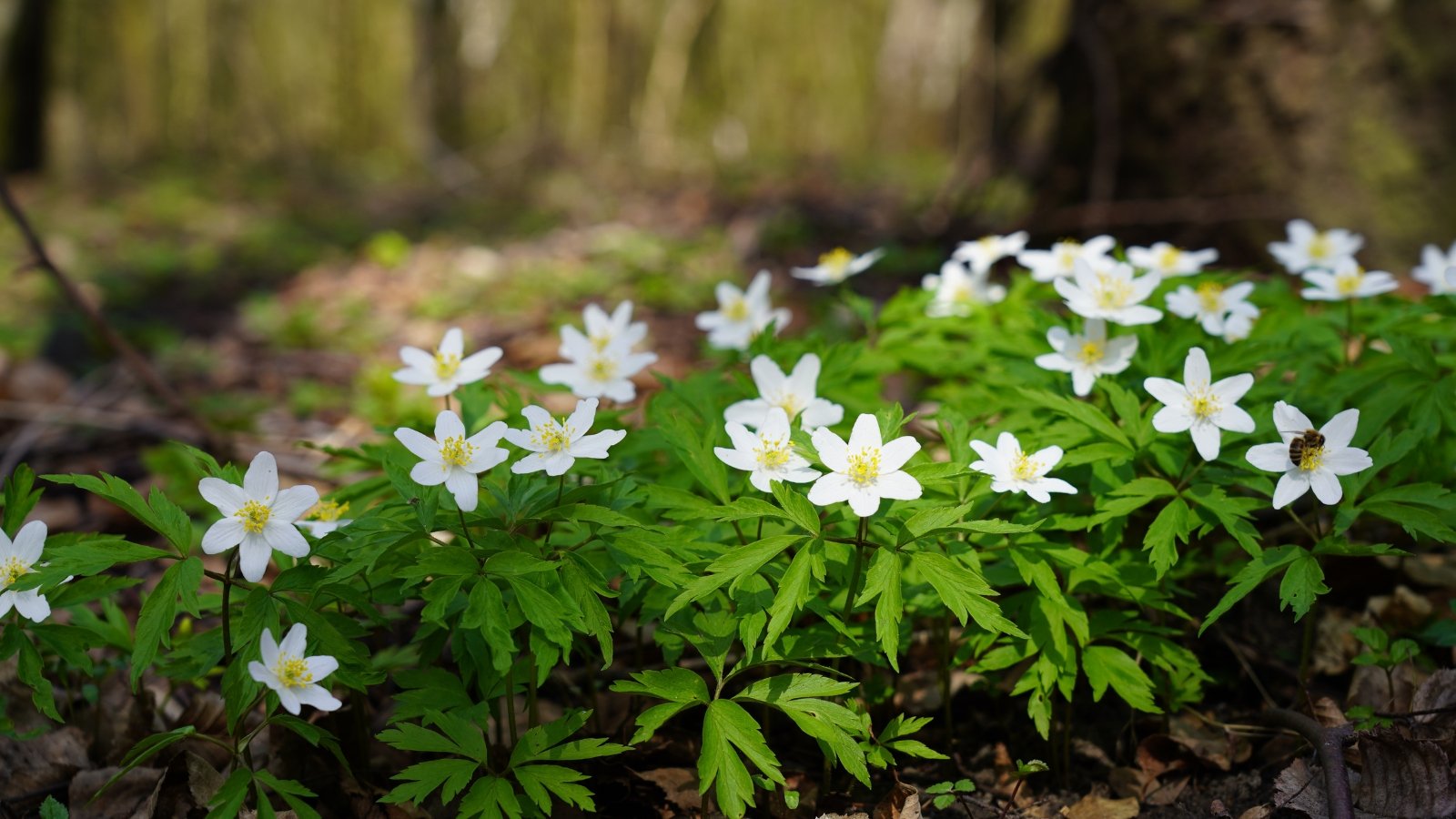
Wood anemones are woodland wildflowers. They inhabit moist hardwood forests, forest edges, thickets, and clearings. In their natural habitat, they form large colonies like a lush early spring carpet of green dotted with white flowers. They are often found interspersed with other spring woodland ephemeral wildflowers.
There are several species of wood anemones from different regions. Anemonoides quinquefolia is native to central and eastern North America. Anemonoides oregana, also known as Oregon anemone, is native to the Pacific Northwest. Anemone occidentalis, also known as the western pasqueflower, is native to western North America. Anemone nemorosa is native to temperate regions of Europe and the Middle East.
Characteristics
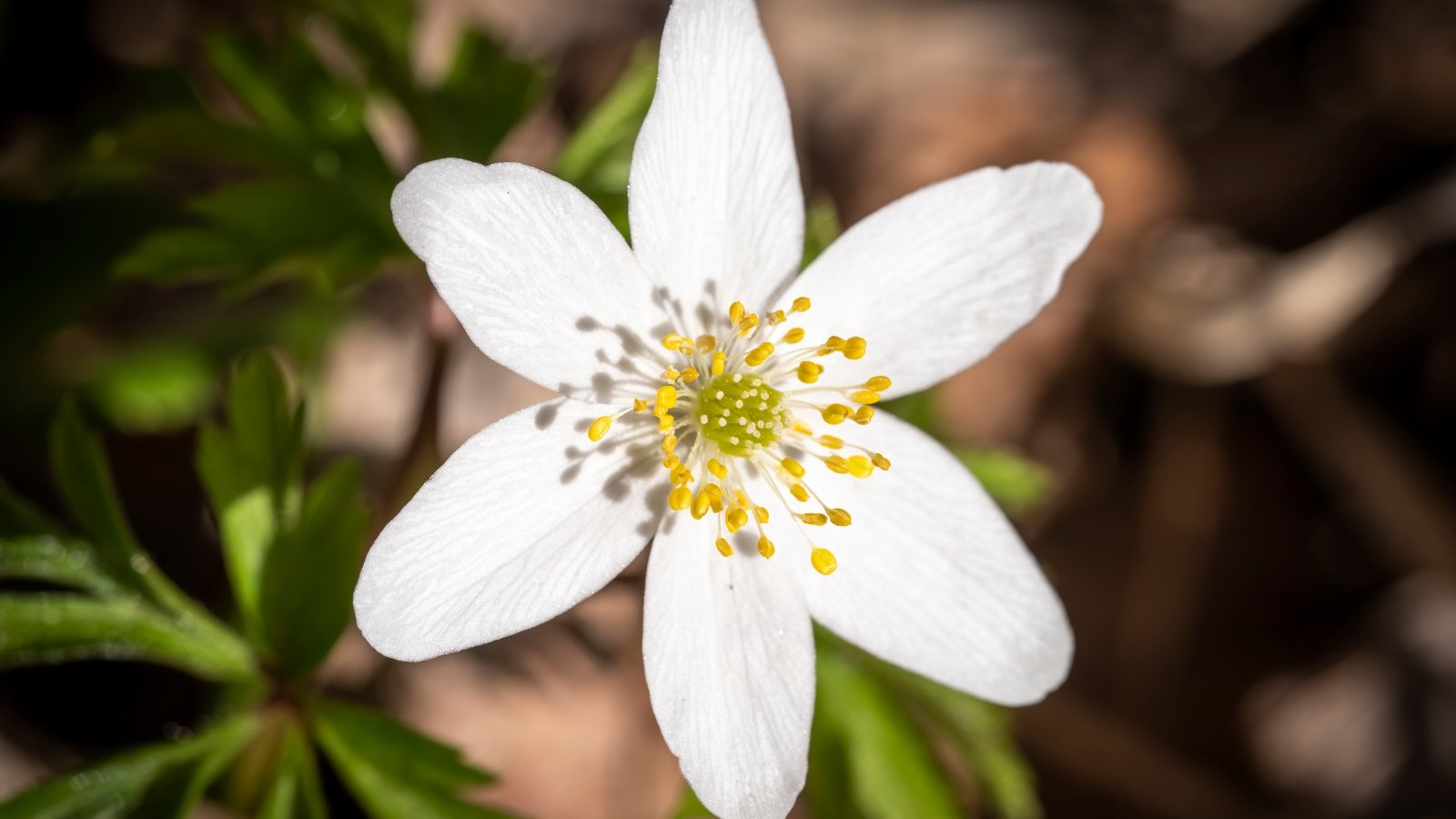
Wood anemones are herbaceous perennials. They are also spring ephemeral flowers. Spring ephemerals are some of the first plants to emerge each year. They bloom early in the springtime and then go dormant again before summer’s end.
Wood anemones start to develop leaves in late winter, typically before the surrounding trees are fully leafed out. The first warming days and rising ground temperatures trigger these plants to start growing. The leaves are deeply divided into three to five leaflets with coarsely toothed edges. The leaves are either solid dark green or edged with maroon, depending on the species or cultivar.
Plants spread by vigorous root rhizomes to form attractive colonies on the forest floor. These are low-growing plants that make a good ground cover when allowed to spread for a while. As the weather warms into summer, however, the leaves die back into dormancy and remain dormant until the following winter and spring.
Soon after the leaves emerge, wood anemones bloom with their delicate yet showy flowers. These flowers come in shades of white, pink, purple, and pale blue, depending on the species.
The petals are simple and rounded, arranged in a radial pattern. Some species have as few as five petals, while others have considerably more. Cultivars with double flowers have many more petals, sometimes in varying sizes, arranged in multiple rows.
Propagation
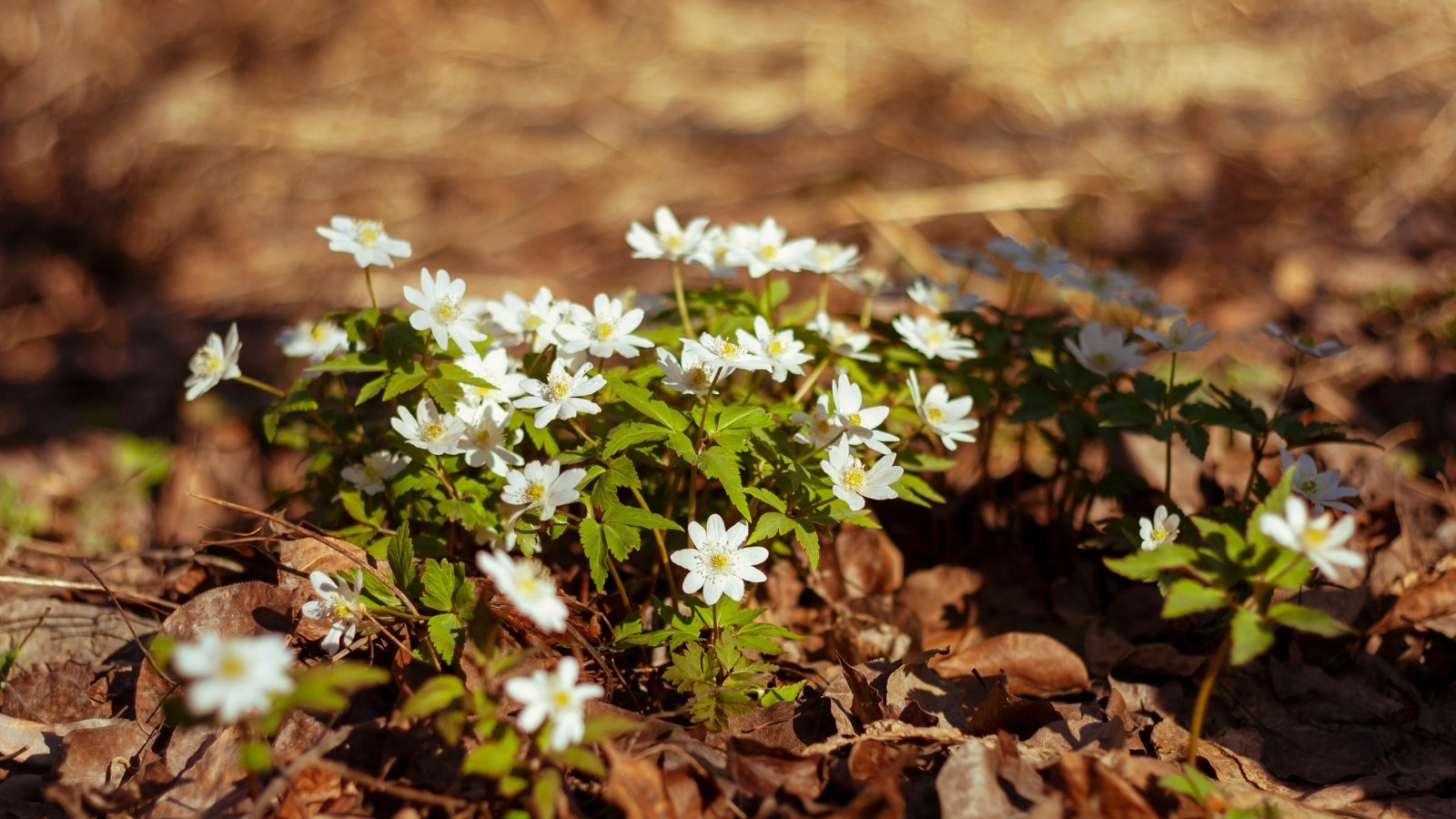
Wood anemone is easy to propagate both by seed and division. If you are just getting started, try starting these plants from seed. If you already have a patch growing in your landscape, division is the quickest and easiest propagation method.
Propagate by Seed
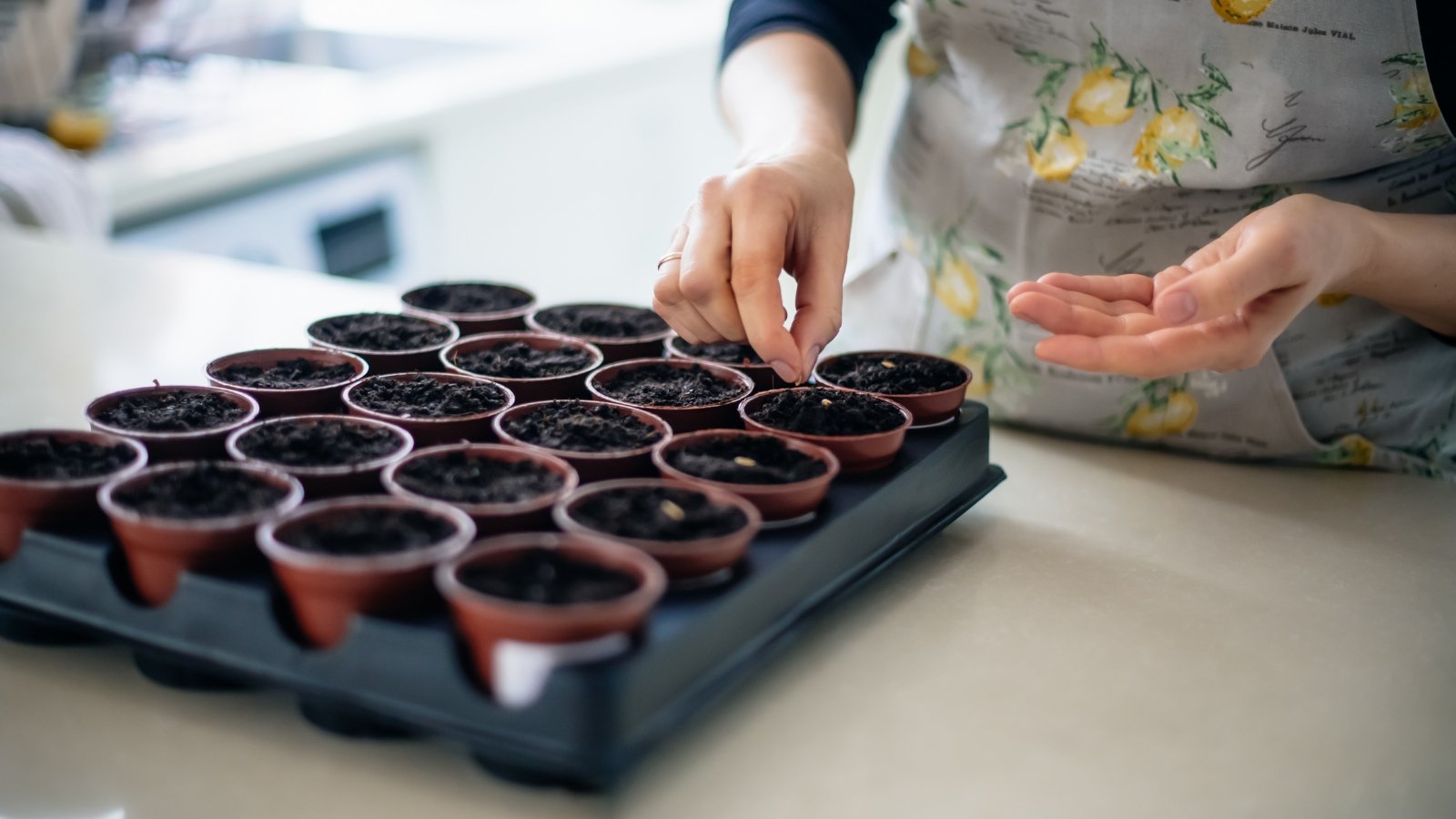
You can start wood anemones from seed, but you’ll need to be patient. It can take a couple of years for these plants to develop from seedling to flowering. Wood anemone seeds need a period of about three months of cold stratification before they will germinate.
After cold stratification, sow seeds in moist soil and cover lightly. Keep them moist and at room temperature until they germinate. Germination can take between one and three months so don’t get discouraged if you don’t see any sprouts for the first several weeks. Once seedlings have grown several inches tall and have at least two pairs of leaves, you can transplant them outside to a shaded, protected location with rich, moist soil.
Propagate by Division
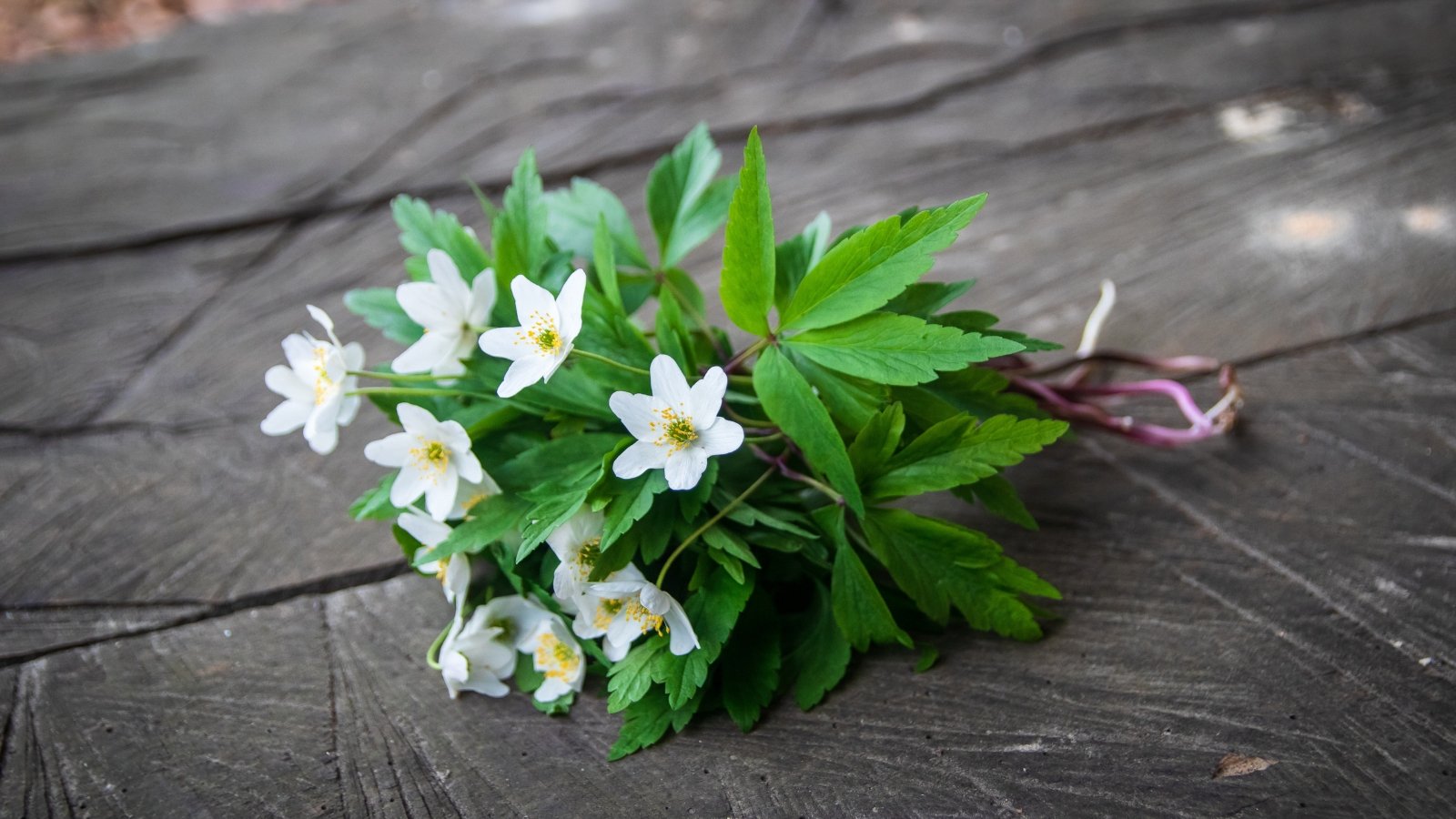
You have a patch of wood anemones growing in your shade garden. The patch has been spreading for several years, and you’re ready to thin and divide the large clump into smaller patches. Don’t dig native plants from the wild; only dig your own garden-grown plants.
These plants spread by thick, root-like rhizomes. Wait until the above-ground vegetation has died back and your plants are dormant for the season, ideally in the fall. Dig up a cluster of rhizomes from the edge of the patch. Each chunky rhizome should be at least several inches long and have some root material attached to it. Each separate rhizome chunk has the ability to grow into a new plant.
Transplanting
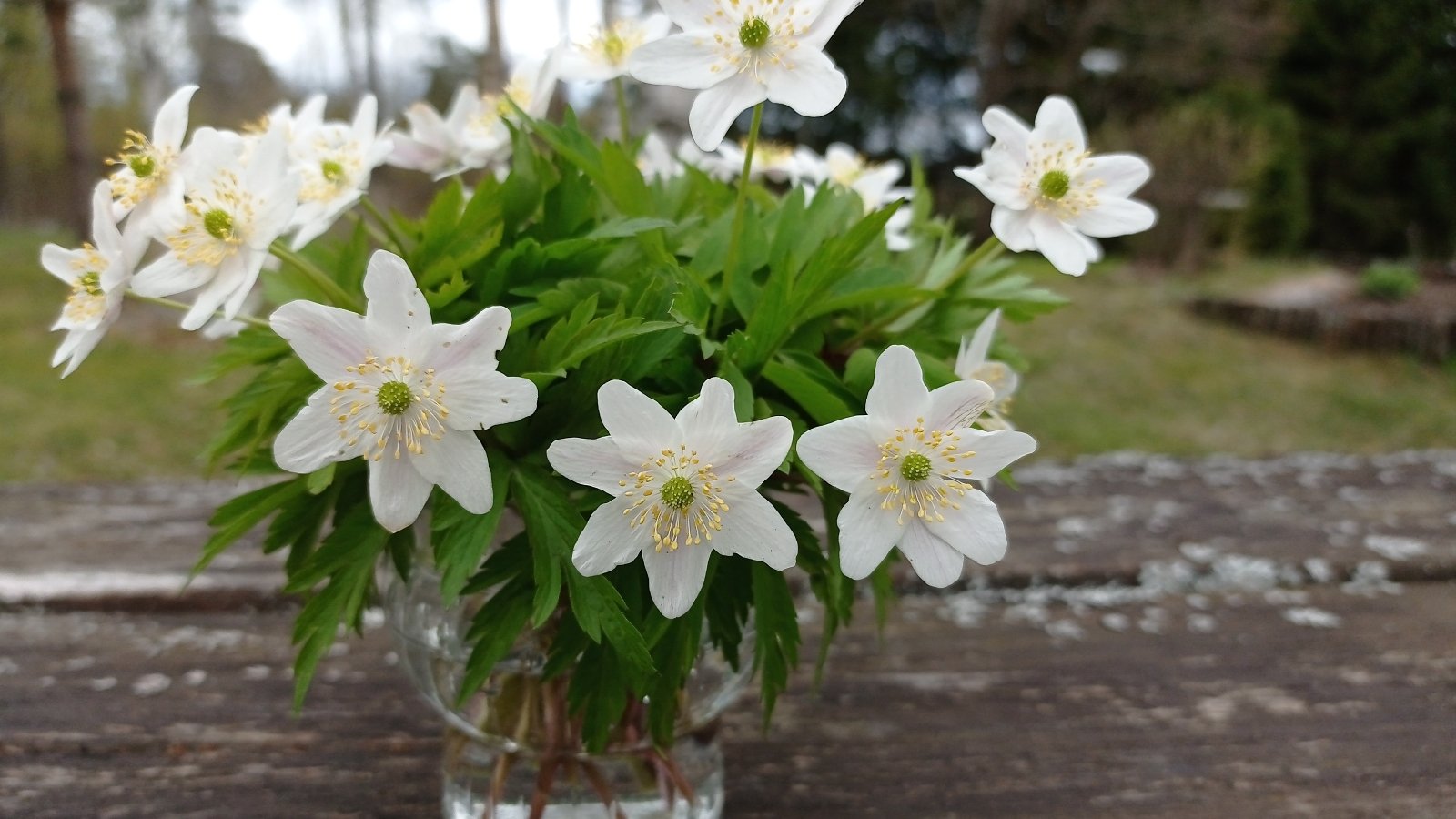
Wear gloves when transplanting wood anemones. These plants contain poisonous compounds that can cause contact dermatitis.
Transplanting is best done on a cool, overcast day in the fall. Soak the rhizomes in water for a couple of hours to stimulate them. Plant them horizontally in your chosen location. The rhizomes should be planted about two inches deep and covered again with fresh soil.
Cover with a thin layer of mulch and water well. Make sure the soil doesn’t dry out or the rhizome might lose too much moisture, even though you won’t expect to see any new growth until early the following year.
How to Grow
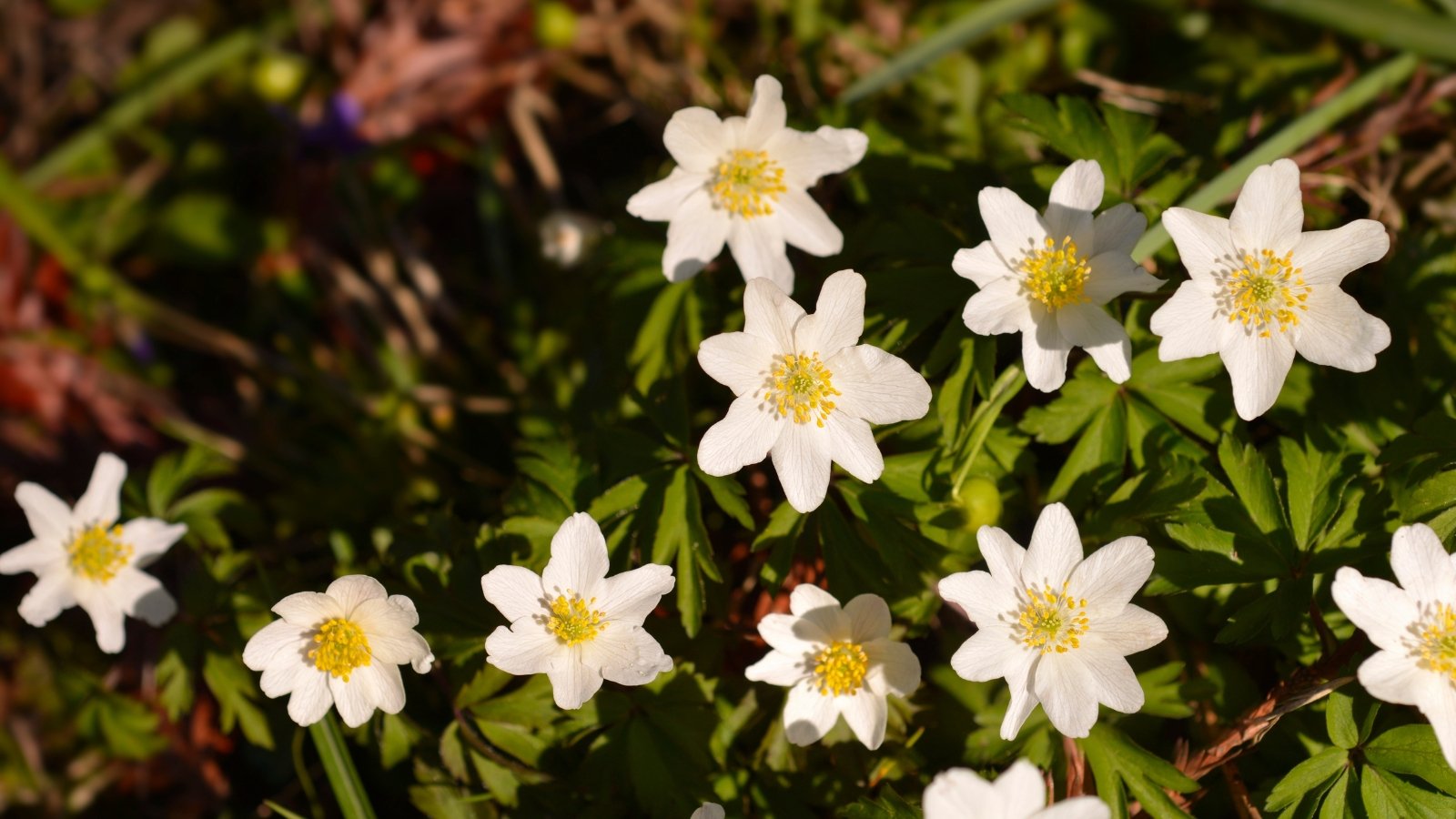
Wood anemone plants are easy to grow and low maintenance. If you live in a moderate climate and have a shaded plot with rich, moist soil, your anemones should thrive!
Sunlight
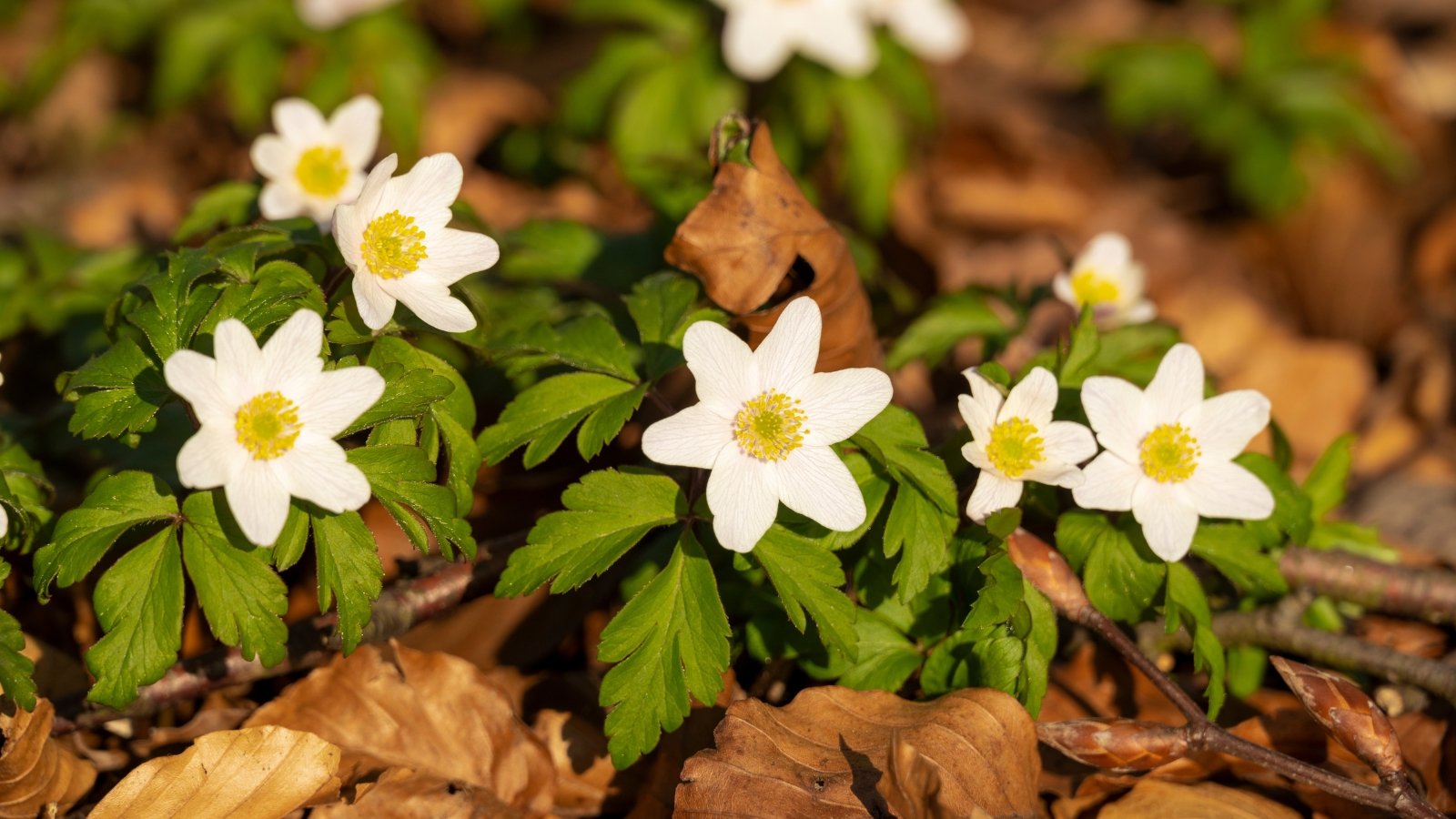
These woodland wildflowers prefer some shade. The ideal location for these understory plants is in a partially shaded plot where they receive some early morning sunlight and protection from harsh midday sun or dappled sunlight throughout the day.
Water
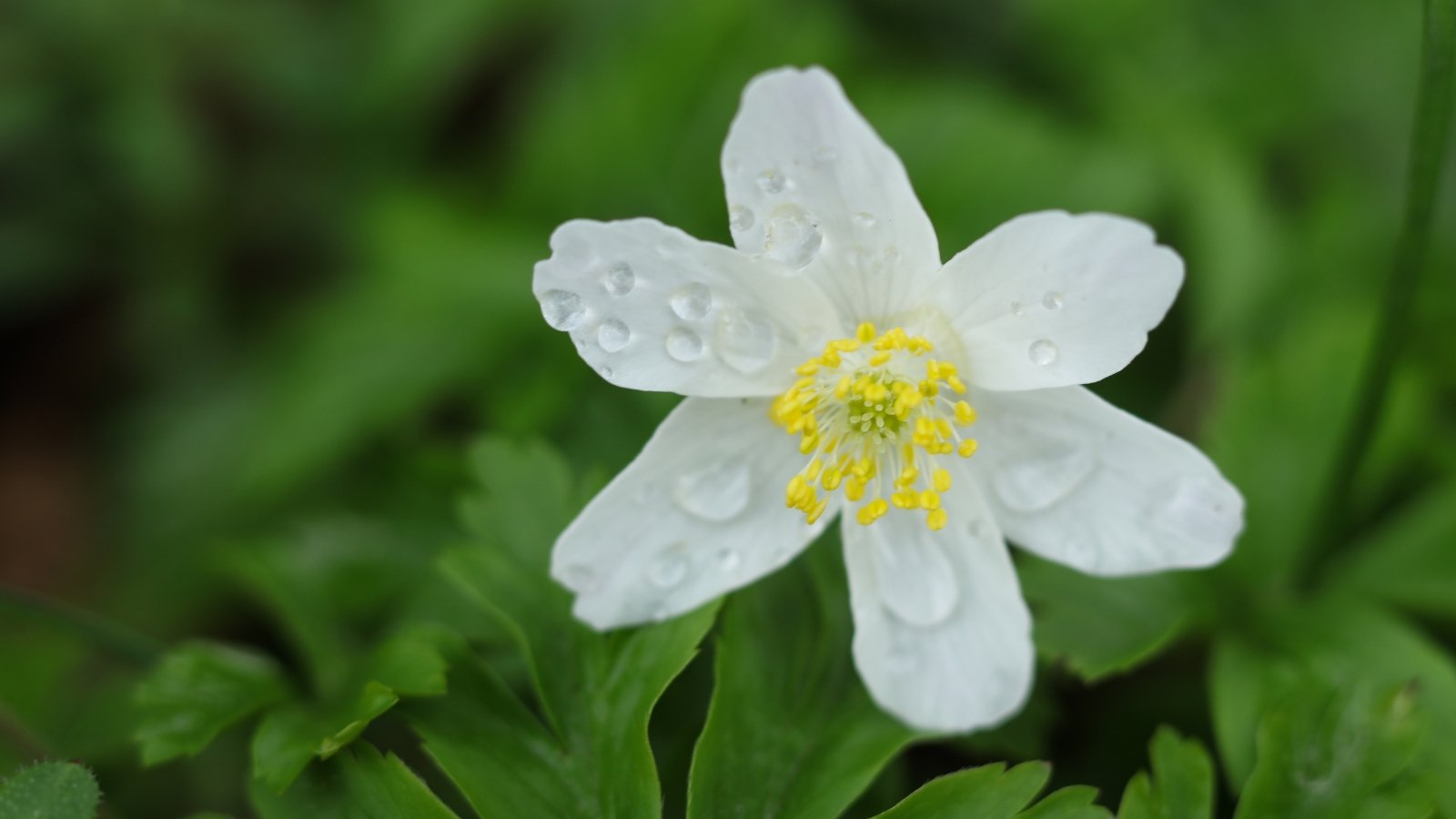
Wood anemones like regular soil moisture, so don’t let the soil dry out. In a shaded woodland garden, as long as your location receives regular rainfall, you probably won’t need to do any supplemental watering. During times of drought, however, or if your soil is particularly dry, go ahead and give them an occasional deep watering.
Soil
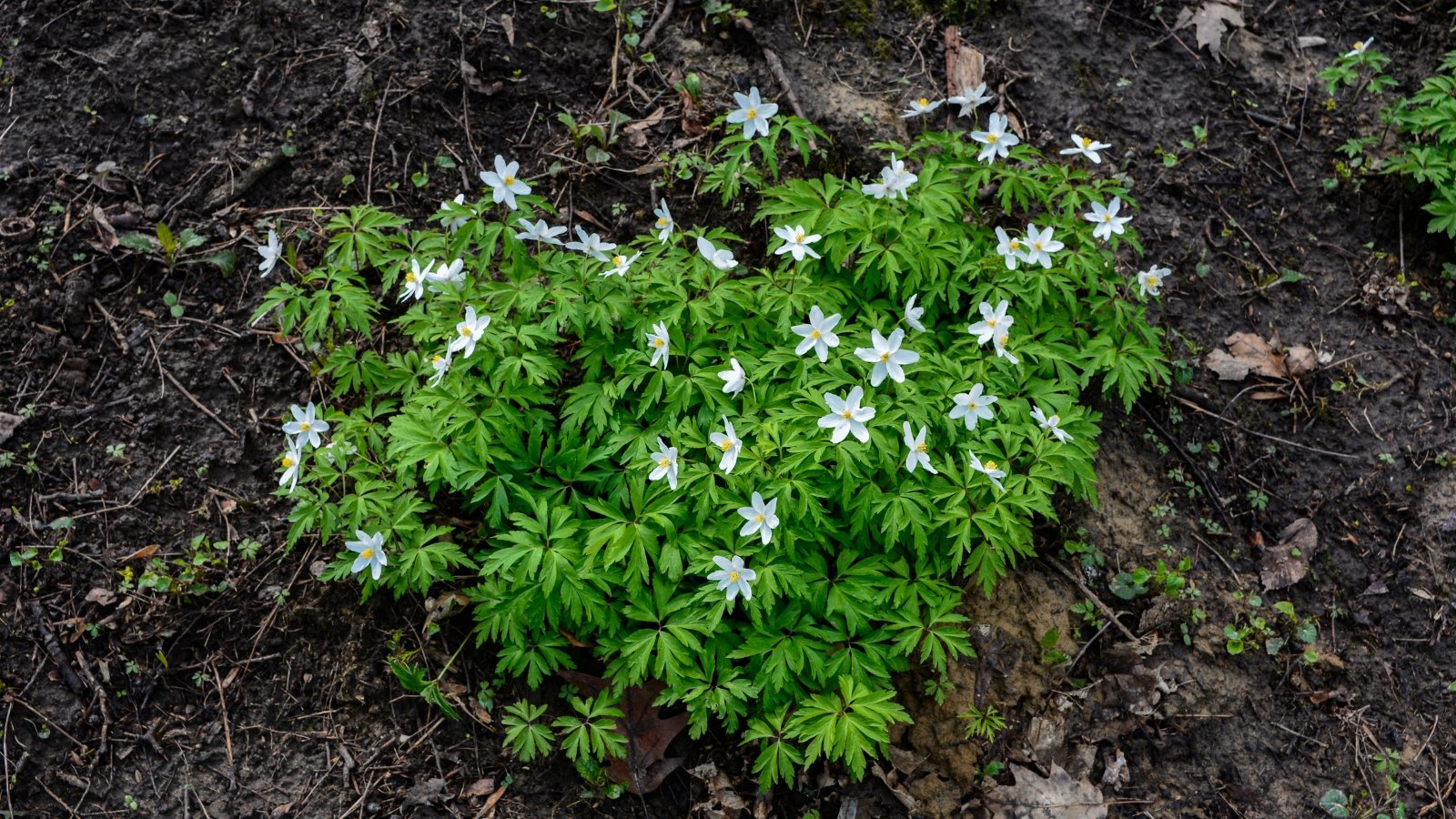
The soil should be rich, with a high percentage of organic matter to nourish these plants, and with a pH less than 6.0. It should also be well-drained because wet, poorly drained soil will quickly lead to root rot.
Climate and Temperature
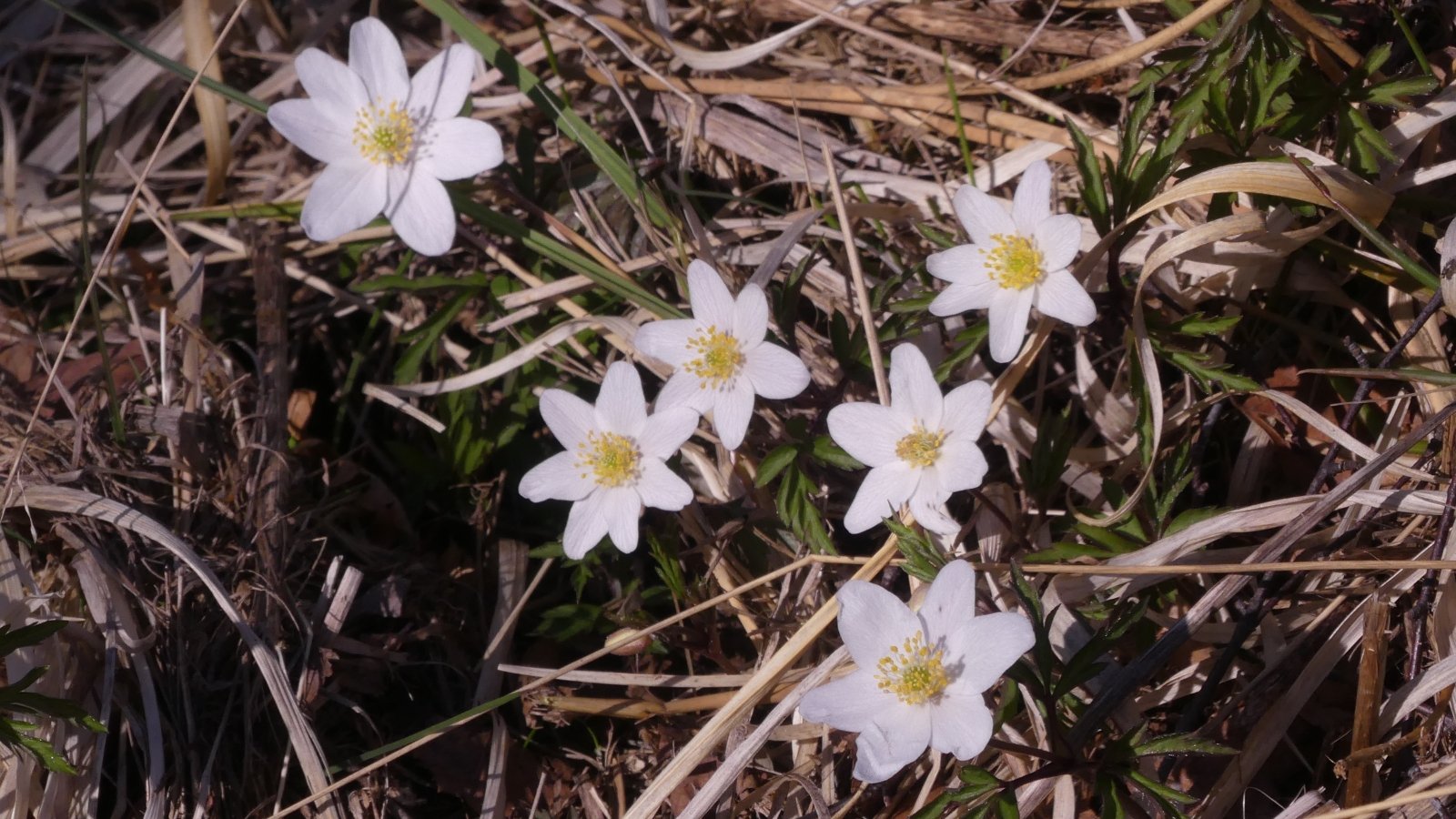
The North American wood anemone, A. quinquefolia, is more tolerant of colder climates. This species is hardy in USDA Plant Hardiness Zones 3 to 8. The European wood anemone, A. nemorosa, is hardy in zones 5 to 8.
Fertilizing
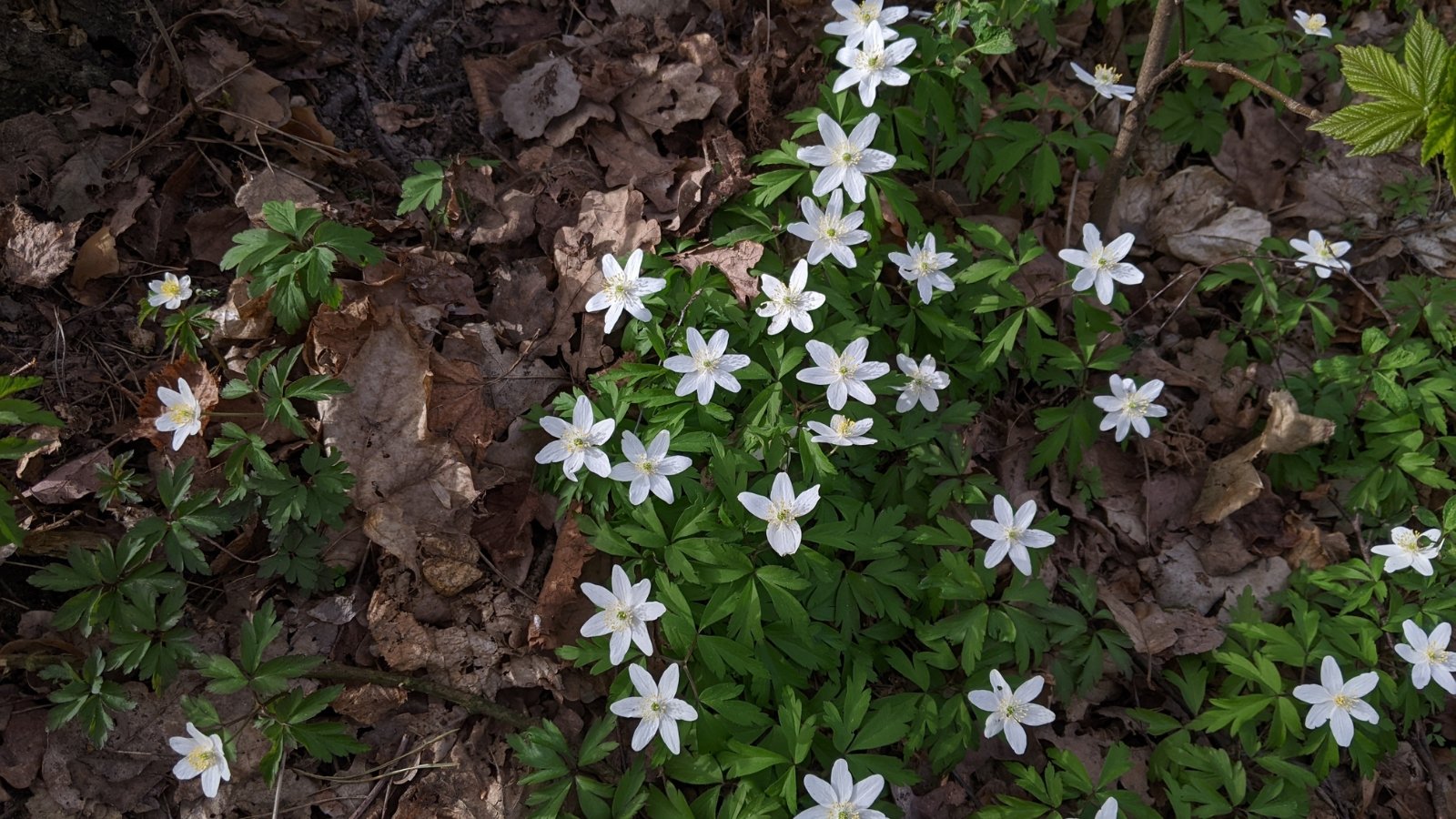
Wood anemones are not heavy feeders, yet they benefit from organically rich soil. Get your plants off to the best start possible by adding compost or other soil quality enhancement materials at the time of planting.
Add some mulch, shredded leaves, or compost at the end of each season to help protect the roots from drying out and also add an organic layer to slowly boost soil nutrients as the organic layer breaks down. Avoid over-fertilization or unnecessary chemical applications.
Maintenance
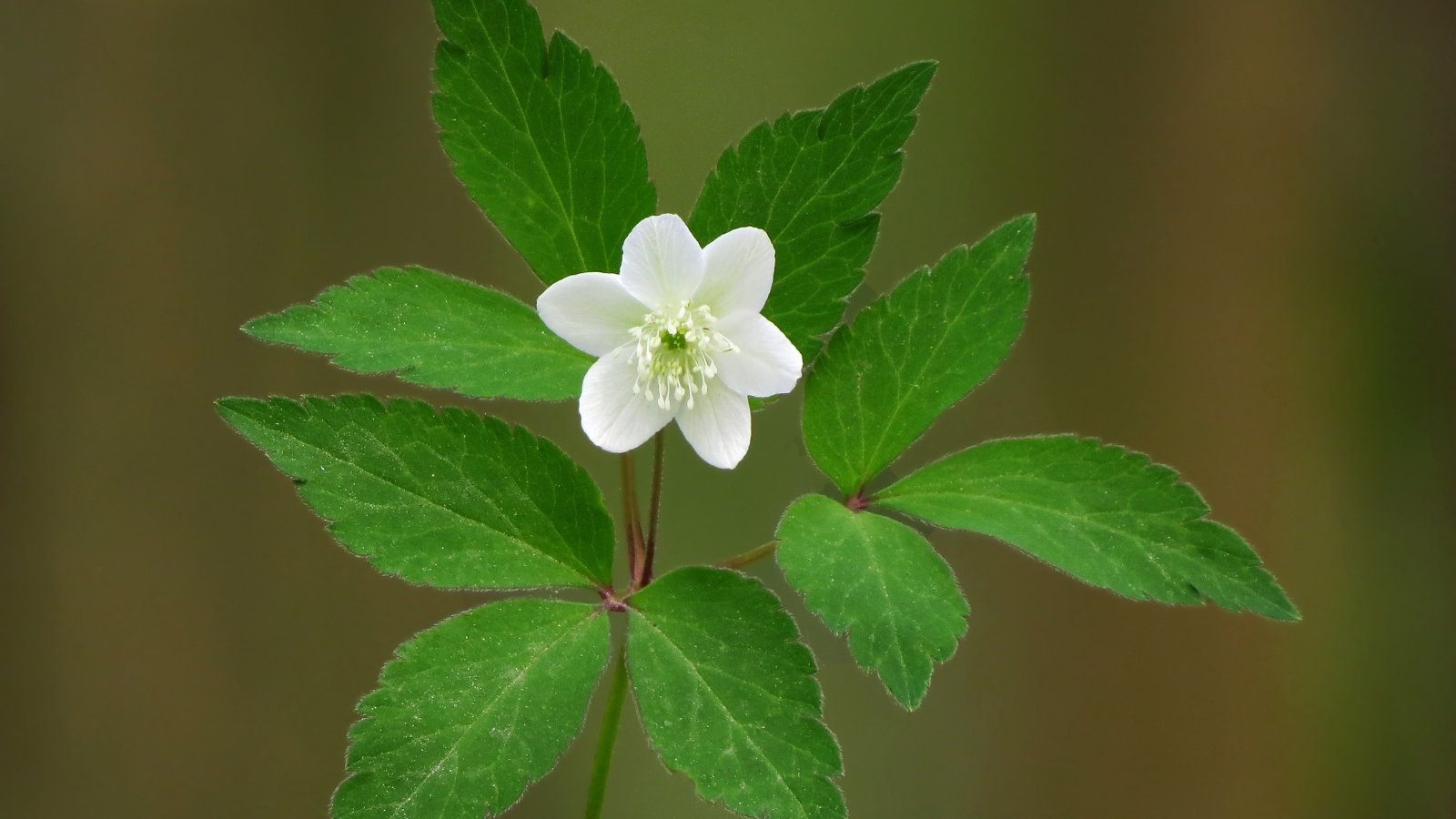
There isn’t much you’ll need to do with your wood anemones. You can prolong the blooming season and keep your plants looking tidy by deadheading spent flowers. Later in the season, clear away dead vegetation when it goes dormant and wilts to the ground.
Garden Design
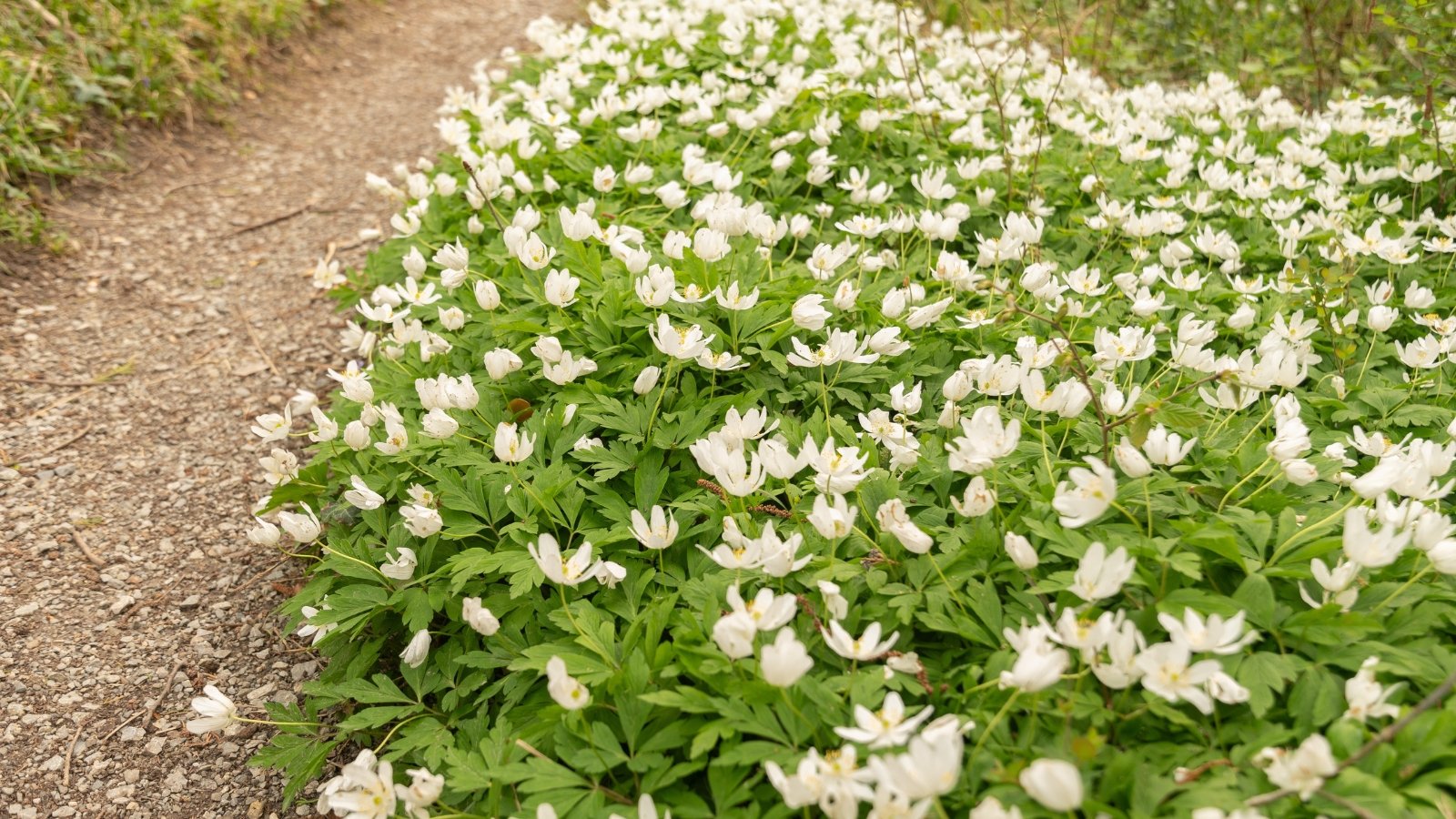
Wood anemone is best used in a woodland garden or shaded cottage garden. This low-growing plant looks lovely as an ornamental border or edging for your perennial garden. Allow a patch to naturalize and become a ground cover to fill in between other small to mid-sized perennials.
Use the native wood anemone to make a beautiful addition to your native shade garden. Grow it alongside Solomon’s seal and some native ferns for a showy combination of long-standing greenery. As a spring-blooming wildflower, you’ll be guaranteed a showy early-season display. Encourage pollinators to visit your garden throughout the rest of the year by including mid-season and late-season pollinator-friendly flowering plants.
Varieties
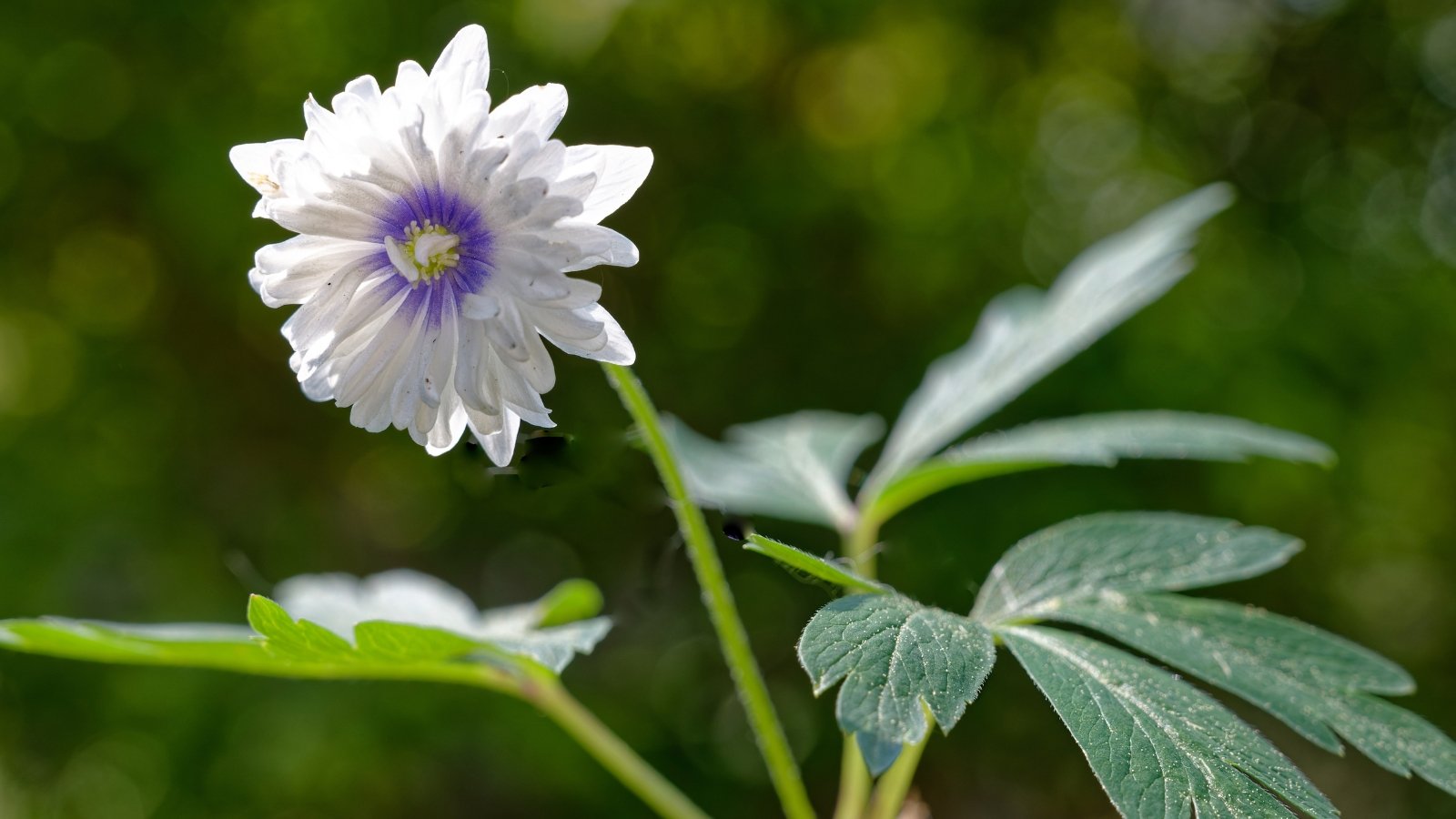
These popular varieties and species offer an array of colors and growth forms:
‘Lychette’ is a cultivar that rarely reaches over one foot tall. This variety has larger than typical flowers. The flower petals are pure white with a full ring of broad outer petals and a cluster of smaller inner petals that partially hide its bright yellow stamens.
If you love purple, you’ll love ‘Bowle’s Purple.’ This stunning wood anemone cultivar has showy pale purple flowers and purple-tinted leaves. If you’re looking for a bit of color for your shade garden, this is an excellent choice.
The Oregon anemone, also known as the blue windflower, is a native woodland perennial from the Pacific Northwest. This lovely wildflower has pale pink, purple, or white flowers and grows to about one foot tall. If you live in the cool, moist climates of Washington or Oregon, this would be a wonderful option for your native garden!
‘Blue Eyes’ is a cultivar of the European wood anemone. This compact cultivar stays less than one foot tall and forms attractive clumps. The very showy double flowers bloom in early spring and have a purple blush around the central disk.
The European wood anemone grows 0.5 to 1.5 feet tall. This spring-blooming perennial has white flowers with occasional pink or purple highlights. Allow a patch of wood anemone to naturalize under a shade tree as a showy low-growing ground cover.
This low-growing plant stays less than one foot tall. The leaves emerge in early spring, shortly followed by its five-petaled white flowers. This dainty native plant makes a lovely addition to your native plant shade garden.
Wildlife Value
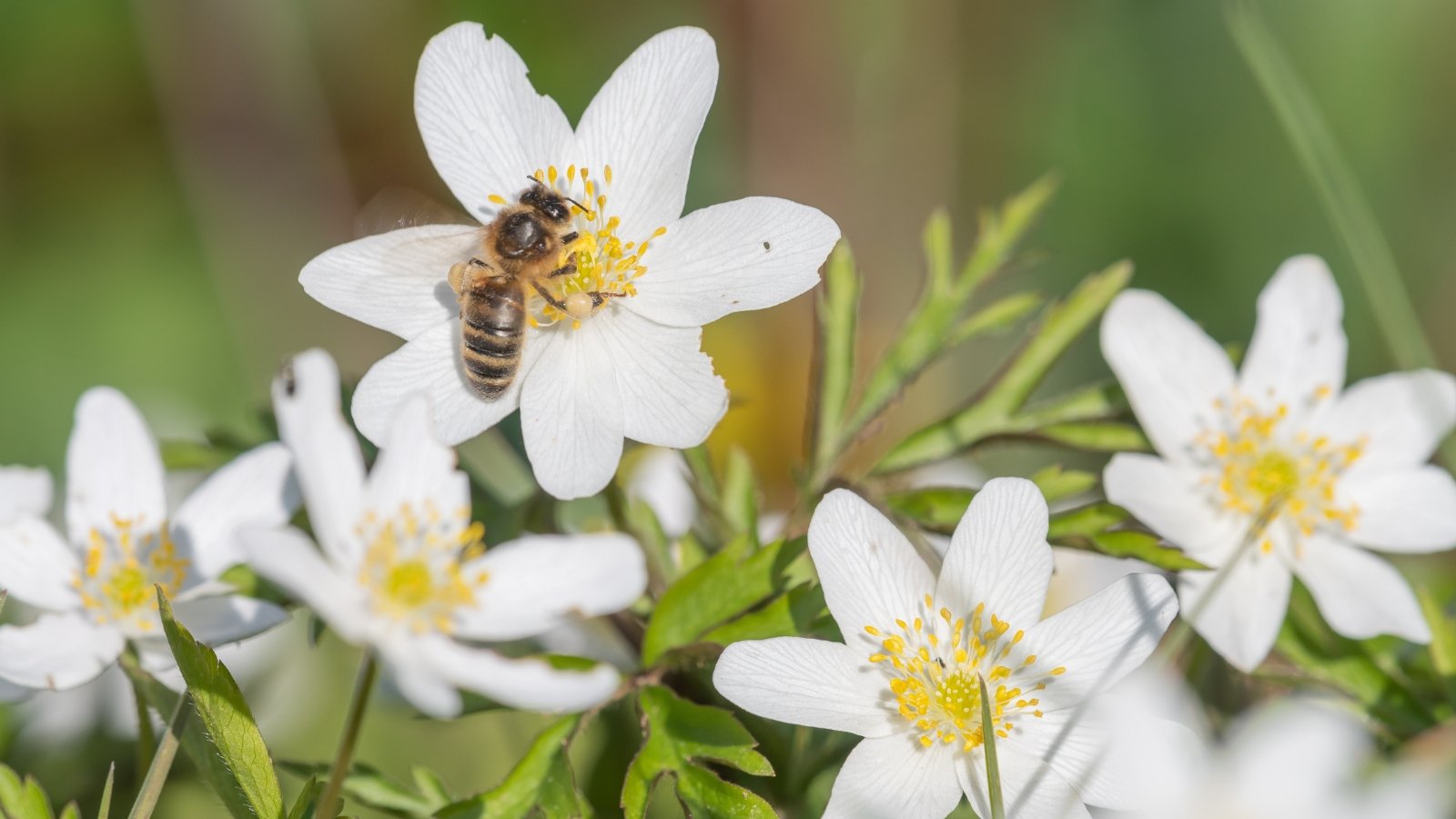
Deer and rabbits won’t bother your wood anemones but pollinators like these plants. If you are hoping to attract pollinators, opt for the native species or a cultivar with single flowers. The double-flowered varieties have a complex petal arrangement that blocks pollinator access to the nectar.
Since these flowers bloom only in early spring, you’ll want to provide several other flowering plants that bloom at various times during the growing season. This way you’ll have a continuous supply of nectar available for your local pollinator population.
Common Problems
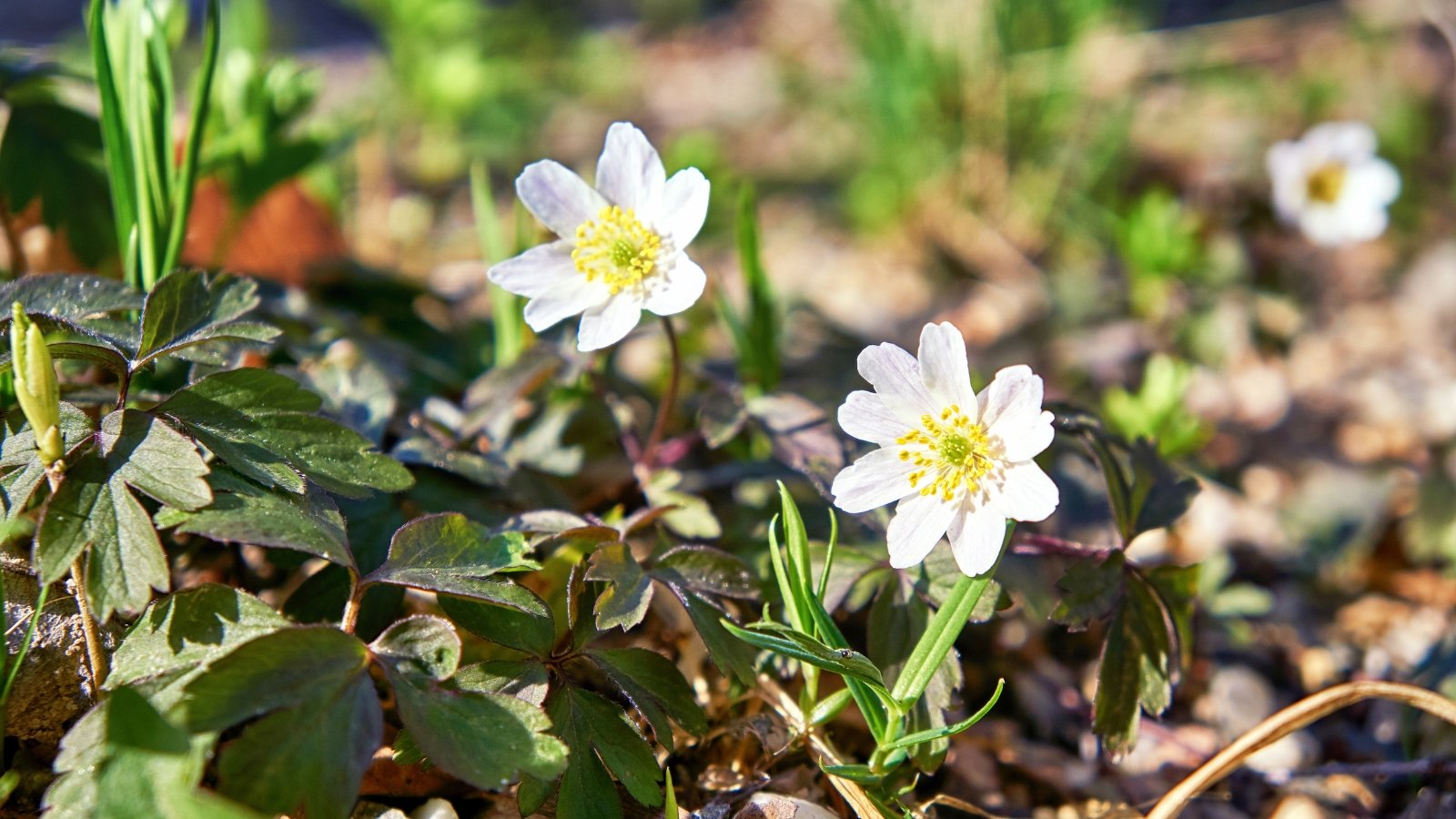
Wood anemones are practically trouble-free and you shouldn’t encounter any major pests or diseases while growing these plants. Be aware, however, that wood anemones are poisonous and that wet soils can lead to root rot.
Poisonous Plant: All parts of the wood anemone are poisonous and should not be consumed. Animals tend to avoid these plants but don’t allow children to play with them. Plants are toxic if consumed in large quantities. Their sap also causes contact dermatitis. Wear gloves when handling wood anemone and wash your hands after coming into contact with any broken leaves or stems.
Root Rot: Root rot is caused by soil that stays too wet. It’s best to simply avoid root rot by growing your plants in well-drained soil. Rotting plants will become limp and then mushy. The stems turn brown or black as they fall over. When digging out a rotten plant, you will see that the roots have become soft and rotten. If this happens, dispose of the entire plant and try again in soil with better drainage.
Frequently Asked Questions
Wood anemone is generally not considered invasive. If you are growing a species native to your area, you shouldn’t have any concerns about its invasive status. Plants that are allowed to naturalize are easy to control, if desired, by periodically thinning larger patches. The European wood anemone species may compete with other plants in your yard but shouldn’t escape into surrounding natural areas. If you would like to entirely avoid invasive species, stick with species native to your region.
The native North American species, sold either as potted plants or dried root rhizomes, can sometimes be found at nurseries specializing in native species. Look for a reputable nursery that propagates its own materials; native plants should not be dug from the wild because this disturbs and disrupts natural populations.
It’s rare to find the European wood anemone at US nurseries and garden centers but you can sometimes find seeds by searching online seed catalogs. If you know someone growing these plants in their landscape, you can ask for a rhizome next time they divide their plants to start your own population.
These two species look very similar and it can be difficult to distinguish between them. The most common American species generally has simple, white flowers with five petals, whereas the European species and its cultivars typically have more colorful and more complex flowers. The American species is also generally shorter than the European species. Both have similar leaves, rhizomous roots, and growth habits.




